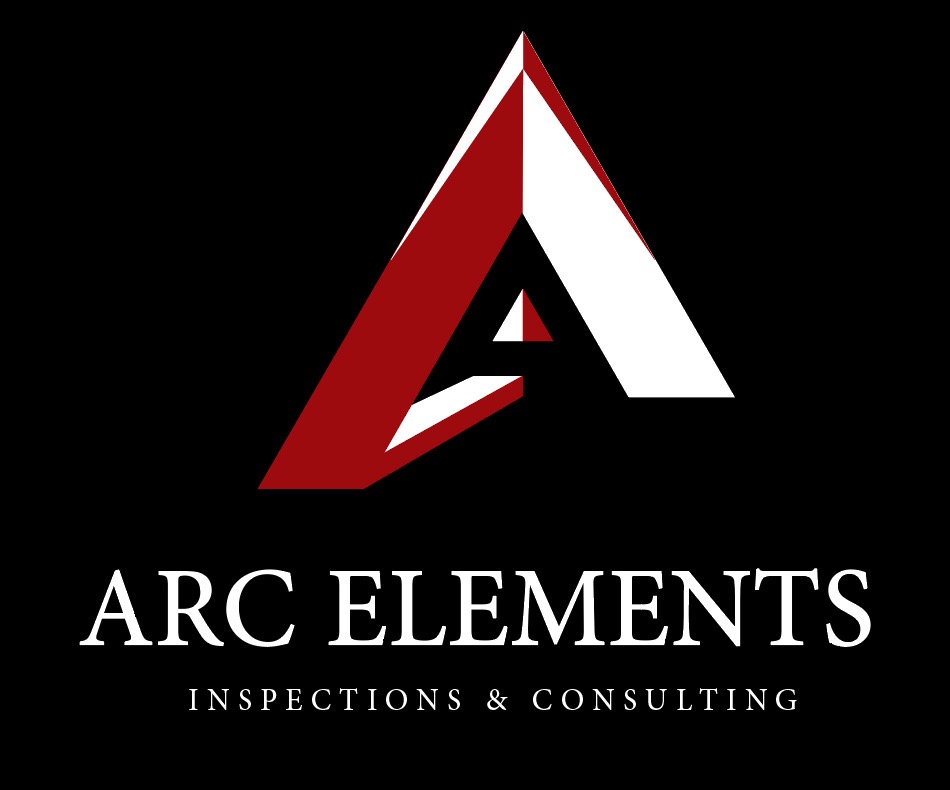Navigating the World of Mold: Detection, Prevention and Remediation in 2024
- Chris Mysiorek
- Mar 24, 2024
- 4 min read
Updated: Apr 15, 2024
Mold, a type of fungus, doesn't merely mar the aesthetic appeal of your spaces but also poses significant health risks. It releases spores that, when inhaled, can trigger allergies, cause respiratory problems, and in severe instances, lead to dangerous infections. Thus, early detection and prevention are not just about maintaining the pristine condition of your spaces but also safeguarding the health of its inhabitants.
The year 2024 brings forth advanced technologies and innovative methods for mold detection, from infrared imaging to moisture meters, making it possible to identify mold colonies even in the most inaccessible corners. The adage 'prevention is better than cure' resonates profoundly when dealing with mold. This guide provides a detailed overview of various preventive measures—right from managing humidity levels to regular maintenance checks.
The Dangers of Mold to Human Health and Property
Mold growth poses serious risks to both human health and the structural integrity of our homes and buildings. As mold colonies thrive on moist and damp surfaces, they produce spores that are released into the air, impacting everyone exposed to them.
Some people are more sensitive to mold than others; with symptoms ranging from nasal congestion, and skin and eye irritation, to more severe respiratory problems such as asthma exacerbation. High concentrations of mold spores can even be harmful to individuals with no known allergies.
In addition to health risks, mold also weakens building materials, resulting in compromised structural integrity and, in some cases, the development of hidden structural issues that may require costly repairs in the long run. As such, it’s crucial to implement preventative measures and, if needed, professional mold remediation services.
Essential Steps for Mold Prevention in Residential and Commercial Properties
Proactive mold prevention is key to maintaining a healthy indoor environment. Follow these essential steps to keep your property mold-free:
1. Control moisture levels: Keep humidity levels below 60% to deter mold growth. An affordable humidity monitor can help you maintain an optimal range. If necessary, invest in a dehumidifier to regulate humidity consistently.
2. Address leaks and water damage promptly: Inspect your property regularly for water leaks, especially around pipes, roofs, and windows. Addressing water-related issues as soon as they arise is crucial to preventing mold growth.
3. Ensure proper ventilation: Improve air circulation by opening windows and doors or using exhaust fans in high moisture-prone areas such as bathrooms, kitchens, and laundry rooms. This helps remove excess moisture from indoor spaces, reducing the risk of mold growth.
4. Maintain cleanliness: Regularly clean carpets, upholstery, and all surfaces that can harbor mold. Using cleaning solutions with mold-inhibiting agents can help prevent muld infestations.
5. Inspect HVAC systems: Regular maintenance of HVAC systems, including cleaning and inspection of ductwork, filters, and AC units, can help prevent mold growth within the system, thereby improving overall indoor air quality.
Recent Advancements in Mold Detection Methods and Tools
Accurate mold detection is crucial for successful remediation. With technological advancements, new tools and methods have emerged to improve the accuracy and efficiency of mold detection processes. Here are some noteworthy innovations:
1. Infrared thermography: Infrared cameras can detect temperature differences in walls, ceilings, and floors. These temperature variations often indicate hidden moisture, which may lead to mold growth. This technology allows professionals to locate potential problem areas without invasive measures.
2. Moisture meters: Recent improvements in moisture meter technology allow for more accurate detection of moisture levels within vulnerable materials such as drywall and wood. This enables professionals to pinpoint problem areas before visible signs of mold growth appear.
3. Digital hygrometers: These devices provide precise measurements of humidity levels in homes and commercial properties, allowing for improved monitoring and regulation of moisture conditions conducive to mold growth.
4. Airborne spore sampling: Innovative sampling techniques enable environmental specialists to assess the presence and concentration of mold spores in the air, providing a more comprehensive picture of the mold situation in a property.
State-of-the-Art Mold Remediation Techniques
Innovations in mold remediation techniques have led to more effective and efficient processes, ensuring safer and healthier environments. Some of these cutting-edge techniques include:
1. Dry ice blasting: This eco-friendly method uses pressurised dry ice particles to remove mold from surfaces without damaging the underlying materials. The dry ice sublimates upon impact, leaving no residue and lessening cleanup efforts.
2. Mold-resistant materials: New construction materials, such as mold-resistant drywall and paint, can provide long-term protection against mold growth and help maintain a healthier indoor environment.
3. HEPA-filtration air scrubbers: High-Efficiency Particulate Air (HEPA) filters can trap mold spores as small as 0.3 microns. By using air scrubbers with HEPA filters during mold remediation, professionals can significantly reduce the risk of mold spores spreading throughout the property.
4. Encapsulation: Application of mold-resistant sealants to affected surfaces after thorough mold removal can effectively contain residual spores, preventing them from becoming airborne or spreading to adjacent areas.
Conclusion
Mold detection, prevention, and remediation are essential for maintaining a healthy indoor environment and people's well-being. Technological innovations have made it possible to tackle mold-related problems more efficiently and accurately.
By implementing effective preventative measures and seeking professional help when mold issues arise, you can safeguard the health of your family, property, and occupants. Consult our expert team at ARC Elements to provide comprehensive solutions to your mold abatement needs in Saskatoon.
%20copy_edited_e.png)



